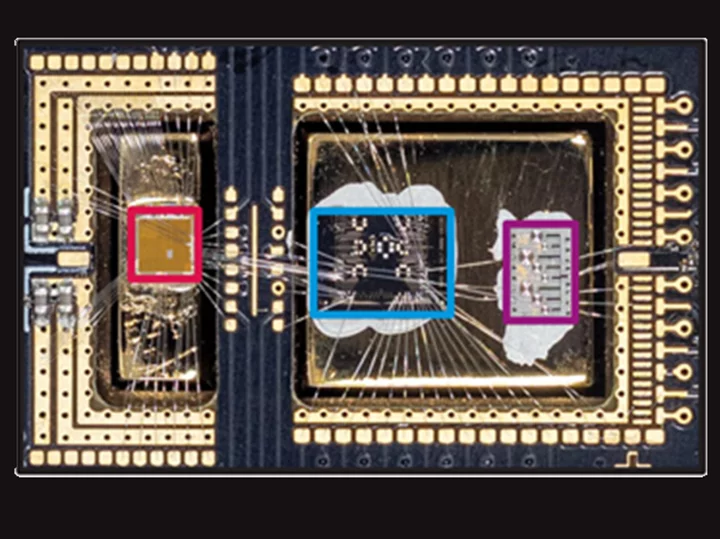
Quantum computers to overtake regular computers ‘within two years’ after breakthrough
Microsoft has announced plans to build a quantum supercomputer after researchers said the next-generation machines will be able to outperform standard computers within the next two years. Quantum computers have the potential to be orders of magnitude more powerful than today’s leading supercomputers, but have so far failed to compete when it comes to practical tasks. A recent benchmark experiment from quantum computing researchers at IBM suggests that the machines will soon be able to perform useful calculations “at a scale where classical computers will struggle”, opening up a vast number of applications. “These machines are coming,” Sabrina Maniscalco, chief executive of quantum computing startup Algorithmiq, told the scientific journal Nature which published the research this month. Microsoft revealed its roadmap for building its first “quantum supercomputer” on Wednesday, following several years of research and hundreds of millions of dollars of investment into the technology. Quantum computers work by replacing traditional bits – the ‘ones’ and ‘zeros’ used to store and transfer digital data – with quantum bits, called qubits, that make use of a quantum phenomena known as superposition to exist in two states at once. This means they can serve as both a ‘one’ and a ‘zero’ simultaneously, so that each qubit added makes them exponentially more powerful than their traditional counterparts. Microsoft said it made its own breakthrough by engineering a new type of qubit, described in the journal Physical Review B on Wednesday, that is stable enough to work at scale on a quantum supercomputer. Microsoft describes a quantum supercomputer as one that can perform one million quantum operations per second, claiming its construction will be completed within the next decade. “Microsoft has achieved the first milestone towards creating a reliable and practical quantum supercomputer,” the firm wrote in a blog post detailing the roadmap. “Today marks an important moment on our path to engineering a quantum supercomputer and ultimately empowering scientists to solve many of the hardest problems facing our planet.” Microsoft CEO Satya Nadella said it was his company’s goal “to compress the next 250 years of chemistry and materials science into the next 25.” The announcements from IBM and Microsoft follow several major quantum computing breakthroughs in recent years. In 2019, scientists at Google announced that they had achieved something known as quantum supremacy, when their Sycamore quantum computer was able to solve a problem in 200 seconds that would have taken the most powerful supercomputer in the world 10,000 years to solve. The milestone has since been repeated by researchers in China, whose quantum computer is able to perform computations nearly 100 trillion times faster than the world’s most powerful supercomputer. While impressive, neither the Chinese machine nor Google’s Sycamore had any practical use. John Martinis, one of the Google researchers behind the 2019 milestone, said the latest news made him “optimistic that this will work in other systems and more complicated algorithms”. Read More Quantum computer discovers bizarre particle that remembers its past Quantum computing adopted by airlines and car makers in hunt for world's first commercial applications Breakthrough could soon allow us to actually use quantum computers, scientists say Elon Musk confirms cage fight with Mark Zuckerberg Apple starts letting developers make apps for its upcoming headset
2023-06-22 19:46
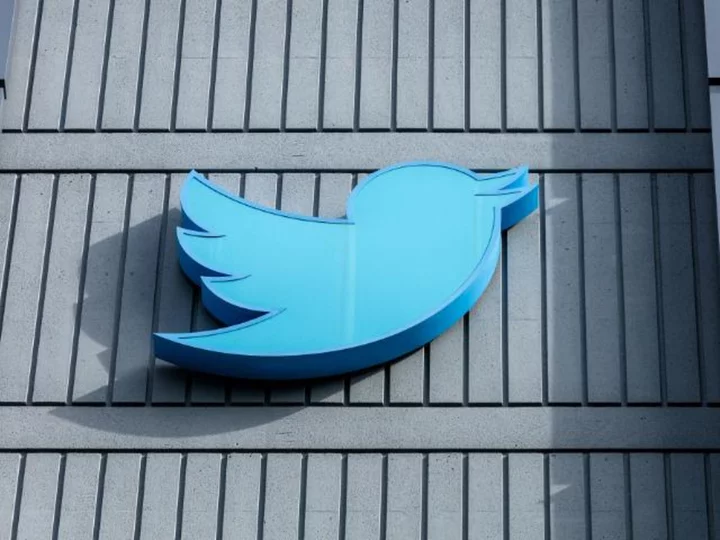
Australia says Twitter is top platform for online hate, demands explanation
An Australian cyber regulator on Thursday said it has demanded Twitter explain its handling of online hate as the microblog has become the country's most complained-about platform since new owner Elon Musk lifted bans on a reported 62,000 accounts.
2023-06-22 19:46
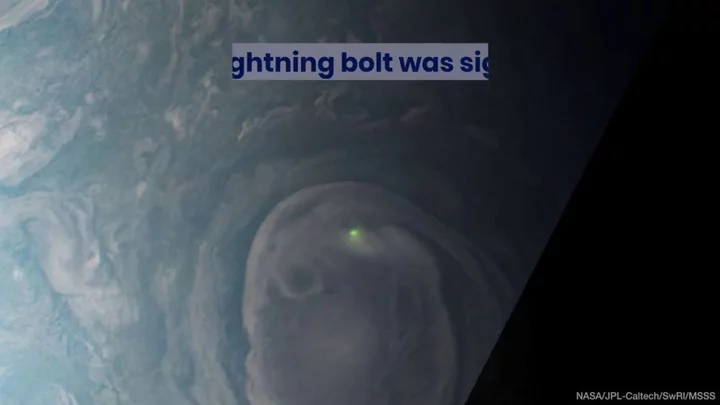
A key building block for human life has been discovered in interstellar space
One of the key building blocks required for human life has been found in the depths of space. Astronomers have been looking out into a region 1,000 light-years from Earth, known as the Perseus Molecular Complex, and they’ve found an amino acid which is essential in human growth. Tryptophan is one of the 20 amino acids required for humans to develop. Babies require it to grow and it’s also important for protein development and muscle function in adults Readings from the Spitzer telescope, which is no longer in use, were crucial to the discovery. Sign up to our free Indy100 weekly newsletter The Perseus Molecular Complex is only visible when viewed through infrared instruments, and tryptophan gives off an identifiable light reading when observed in this way. Dr Susana Iglesias-Groth is from the Instituto de Astrofísica de Canarias and was lead author on the new research. "The evidence for tryptophan in the Perseus molecular complex should encourage additional effort to identify other amino acids in this region, and in other star-forming regions,” Dr Iglesias-Groth said. “It is a very exciting possibility that the building blocks of proteins are widely present in the gas from which stars and planets form – it may be key for the development of life in exoplanetary systems.” The findings were published in the Monthly Notices of the Royal Astronomical Society. It comes after research showed that life forms could potentially be able to survive in the conditions in the clouds above Venus. The key point revolves around the presence of the biosignature gas phosphine, which is often identified as a sign of life. It also posits the idea that potential life forms on the planet could use sulphuric acid the way life forms on Earth use water. Have your say in our news democracy. Click the upvote icon at the top of the page to help raise this article through the indy100 rankings.
2023-06-22 19:21
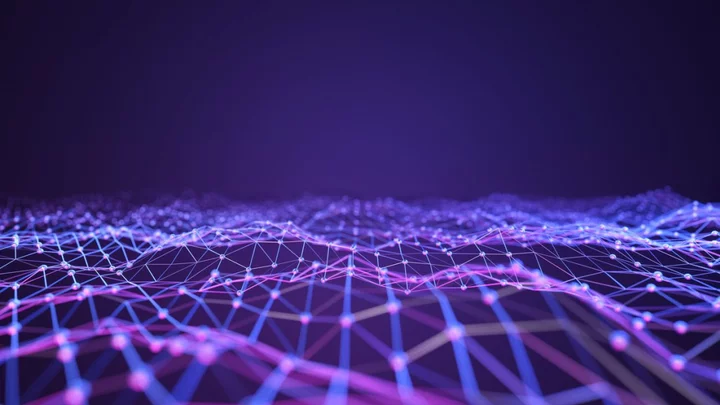
Scientists just created a new state of matter – here's what that means
Scientists have just created an entirely new state of matter made out of subatomic particles. The bosonic correlated insulator, to be precise, is both a new material and a new state of matter, said researchers from California, Arizona and Japan. There are four fundamental states of matter, liquid, solid, gas and plasma – an electrically charged gas found in situations like stars and lightning strikes. But there are many others when you drill down to quantum level (that means at an atomic and subatomic level). The scientists said this is a new one. Sign up to our free Indy100 weekly newsletter The new material is a lattice-shaped pattern, formed from a layer of the two different types of subatomic particles: bosons and fermions. Bosons are a type of particle which is difficult for scientists to create and manipulate because they do not interact with each other. Fermions are more stable – particles such as electrons – and interact through electrostatic force. The material sees the two different types of particle combining and interacting in a new way, with the particles eventually form into a crystalline state, which in turn creates a material which has an insulating effect. “Conventionally, people have spent most of their efforts to understand what happens when you put many fermions together,” says condensed matter physicist Chenhao Jin from the University of California, Santa Barbara (UCSB). “The main thrust of our work is that we basically made a new material out of interacting bosons.” The new material doesn’t yet have any practical uses, but exotic creations like this help scientists understand how the universe is put together, the team said. “What happened here is that we discovered the correlation that drove the bosons into a highly ordered state,” said physicist Richen Xiong, from UCSB. The scientists think the discovery could lead to them finding more materials like this further down the line. “We know that some materials have very bizarre properties,” said Xiong. “And one goal of condensed matter physics is to understand why they have these rich properties and find ways to make these behaviours come out more reliably.” Have your say in our news democracy. Click the upvote icon at the top of the page to help raise this article through the indy100 rankings.
2023-06-22 18:24

Google’s Ad Tech in Peril as EU Joins US on Breakup Bandwagon
European Union and US antitrust regulators may have gone their separate ways of late. But they can still
2023-06-22 17:52
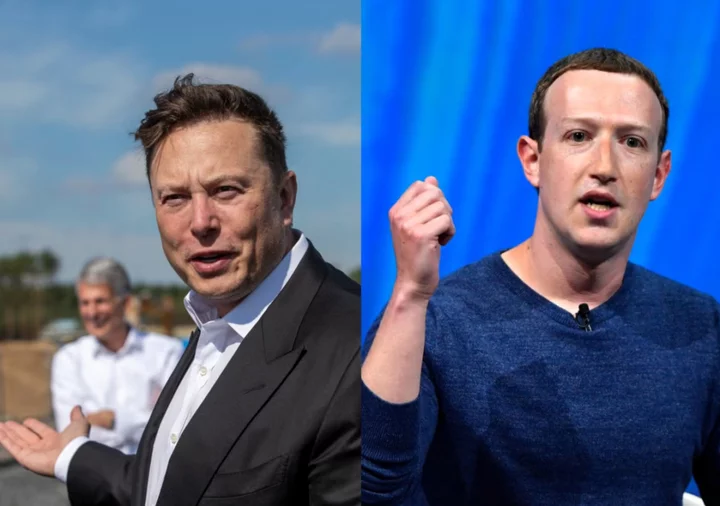
Elon Musk confirms cage fight with Mark Zuckerberg
Mark Zuckerberg has said he wants to have a cage fight with Elon Musk, which his fellow tech billionaire appears to have accepted. Mr Musk first proposed a fight earlier this month, writing on Twitter that he was “up for a cage match” after rumours emerged that the Meta boss was working on a Twitter rival. Mr Zuckerberg responded with a screenshot of Mr Musk’s tweet with the caption “send me location”. A spokesperson for Meta confirmed to The Verge that Mr Zuckerberg’s response was not a joke, saying “the story speaks for itself”. Mr Musk named a location on Thursday, replying on Twitter to news of the matchup with the words “Vegas Octagon”, referring to the UFC Apex centre in Nevada. Mr Zuckerberg has previously posted about his martial arts training on Facebook, while also talking extensively about it on podcast appearances. In May, he competed in his first jiu-jitsu tournament, having trained with UFC prospects in the build-up. “Competed in my first jiu jitsu tournament and won some medals for the Guerrilla Jiu Jitsu team,” the 38-year-old wrote on Instagram, alongside some photos of him competing and gold and silver medal emoji. By contrast, the 51-year-old Tesla chief executive claims to not do exercise, writing in a Twitter post on Wednesday: “I almost never work out, except for picking up my kids and throwing them in the air.” The tech billionaire, who is currently listed as the world’s richest person on the Bloomberg Billionaires Index, hinted in a recent podcast that he would aim to use his superior weight to defeat Mr Zuckerberg. “I have a move called ‘The Walrus’, which I used on a friend of mine who’s very agile,” he told the Full Send podcast. “But I was like, let me explain to you why there are weight classes in MMA. I’m going to use a move called ‘The Walrus’, where I just lie on you and you can’t get away. Read More Elon Musk sparks outrage with threat to ban ‘cisgender’ as a ‘slur’ on Twitter Mark Zuckerberg wins first jiu-jitsu tournament, takes home multiple medals Elon Musk sparks outrage with threat to ban ‘cisgender’ as a ‘slur’ on Twitter Hacker reveals secret ‘Elon Mode’ in Tesla cars for full self-driving LinkedIn bans ‘wonder kid’ SpaceX engineer, 14, hired by Elon Musk
2023-06-22 16:57
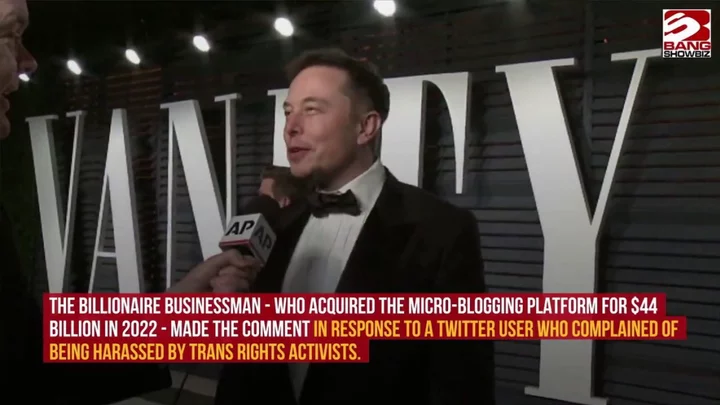
Elon Musk branded 'cowardly' for trying to ban 'cisgender' by researcher who coined the term
The researcher who invented the term 'cisgender' has hit back at "cowardly" Elon Musk for calling the term a slur. 'Cis' or 'cisgender' was coined by now-retired researcher Dana Defosse. They are used to describe someone whose gender identity aligns with the sex they were assigned at birth. It is not offensive or intended to be used as an insult. Defosse first used the term in a 1994 internet forum, before being added to the Oxford English Dictionary much later in 2015. In an essay for HuffPost, Defosse explained how she invented the term: "I knew that in chemistry, molecules with atoms grouped on the same side are labelled with the Latin prefix ‘cis–,’ while molecules with atoms grouped on opposite sides are referred to as ‘trans–.’ So, cisgender. It seemed like a no-brainer," she wrote. On Wednesday (21 June), Musk responded to a user who claimed to have been harassed by trans rights activists. Twitter user James Esses said he "rejected" the terms after receiving "a slew of messages from trans activists calling me ‘cissy’ and telling me that I am ‘cis’ ‘whether or not I like it.’" In response, Musk tweeted: "Repeated, targeted harassment against any account will cause the harassing accounts to receive, at minimum, temporary suspensions. The words “cis” or “cisgender” are considered slurs on this platform." Sign up for our free Indy100 weekly newsletter The tech mogul's response left many social media users baffled, with Defosse saying it came as no surprise after his "ghastly history of attacking trans people." “The post on Twitter has degenerated into a sort of free-for-all for antisemitic and racist tropes, so it sort of fits in with the direction that platform is going," Defosse said. "The fact is, whether or not somebody identifies as cisgender doesn’t negate the fact that cisgender identity is a valid construct. It exists, and it has meaning in how we operate in the world." The retired researcher went on to call his censorship attempt "cowardly". "Banning use of a word that’s part of our daily vocabulary around the world, that appears in the Oxford English Dictionary, it’s a cowardly and futile attempt to censor an idea which is, in my opinion, way bigger and more enduring than anything Musk could hope to offer," she added. Have your say in our news democracy. Click the upvote icon at the top of the page to help raise this article through the indy100 rankings.
2023-06-22 16:25
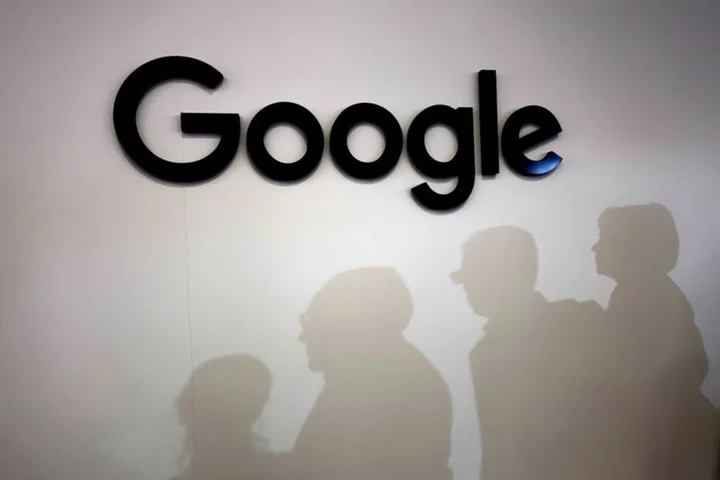
Tech companies including Google gripe about unfair cloud practices
(Reuters) -Technology trade groups as well as Alphabet's Google have griped to the Federal Trade Commission about allegedly unfair business
2023-06-22 08:18
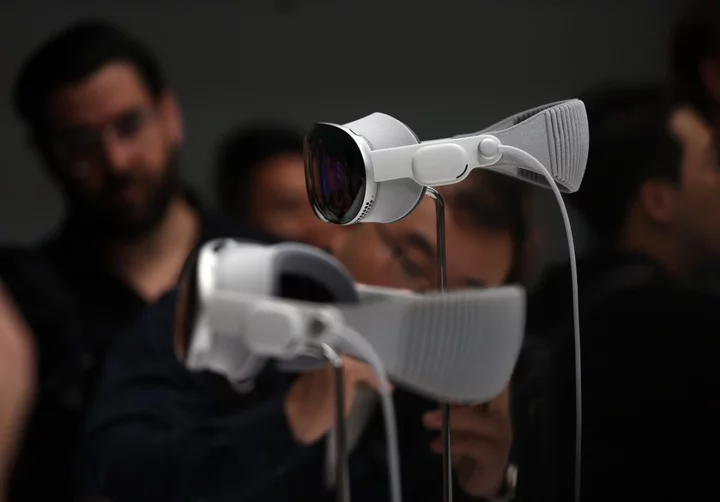
Vision Pro: Apple starts letting developers make apps for its upcoming headset
Apple will start letting developers make apps for its upcoming ‘Vision Pro’ headset. The company has released its software development kit, or SDK, for VisionOS, the operating system that will run on the hardware. Apple announced its new headset at its Worldwide Developers Conference, earlier this month. It said then that the hardware would be available “early next year”, but that developers would be able to start creating experiences for it before then. Now it has released the first part of that work, in the form of that SDK. It gives developers the tools they need to start creating what Apple calls “spatial experiences” for the headset. Apple hopes developers will be able to “utilise the powerful and unique capabilities of Vision Pro and visionOS to design brand-new app experiences across a variety of categories including productivity, design, gaming, and more”. Next month, Apple will start holding labs in a range of cities – Cupertino, London, Munich, Shanghai, Singapore, and Tokyo – where developers will be able to submit their apps and actually test them on Vision Pro hardware. Apple engineers will also be on hand to ensure that the apps work on the new platform, Apple said. Development teams will also be able to apply for developer kits that will allow them to test their apps in their own facilities. Apple gave no information on what sort of form those kits would take – how similar they will be to the hardware that will eventually be released, for instance, and what restrictions they will have – or which and how many developers would get through that application process. Apple’s Vision Pro software is built on the foundational technology from other Apple platforms such as iOS and MacOS, and developers are able to use the same tools and frameworks to build apps for the new hardware. But as a “spatial computer”, the Vision Pro also requires entirely new ways of using apps, and so developers will likely need to test their apps on the platform to ensure they actually work as apps within the headset. “Apple Vision Pro redefines what’s possible on a computing platform. Developers can get started building visionOS apps using the powerful frameworks they already know, and take their development even further with new innovative tools and technologies like Reality Composer Pro, to design all-new experiences for their users,” said Susan Prescott, Apple’s vice president of worldwide developer relations. “By taking advantage of the space around the user, spatial computing unlocks new opportunities for our developers, and enables them to imagine new ways to help their users connect, be productive, and enjoy new types of entertainment. We can’t wait to see what our developer community dreams up.” Apple released the SDK, as well as new versions of its development tools, on its developer website. It is also publishing a range of tools aimed at developers, including new guidelines for how those Vision Pro apps should actually look and work. Read More The Apple Watch is getting some major changes this year – here’s why Apple seeks trademark of ‘actual apple’, Swiss fruit association says The new iPhone could have a major clue about Apple’s headset
2023-06-22 05:47
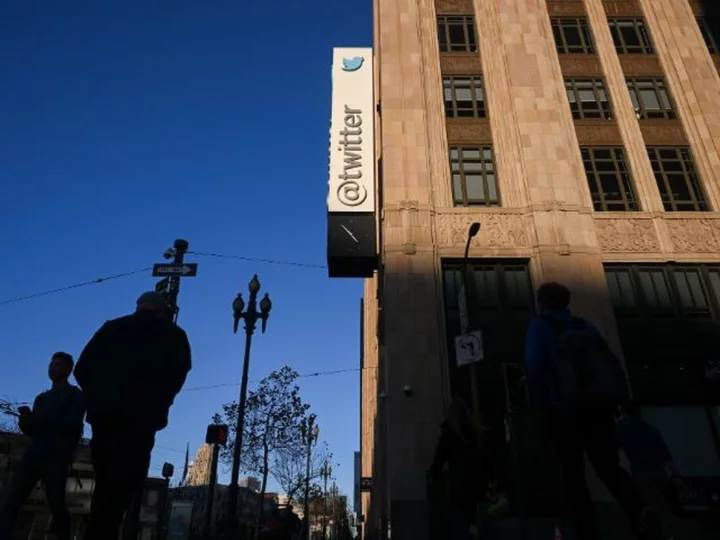
Twitter accused of failing to pay millions in employee bonuses after Musk takeover
Twitter failed to pay out annual bonuses to staff after its acquisition by billionaire Elon Musk despite repeated assurances from executives in the lead-up to the deal closing that the company would do so, according to a new lawsuit filed on behalf of employees.
2023-06-22 05:20
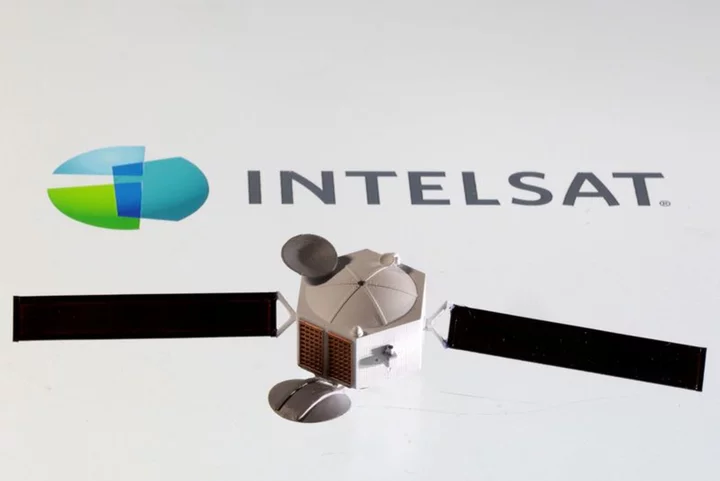
Intelsat, SES end talks on $10 billion merger - Bloomberg News
Intelsat SA has ended negotiations to combine with SES SA as it was not able to reach an
2023-06-22 04:16
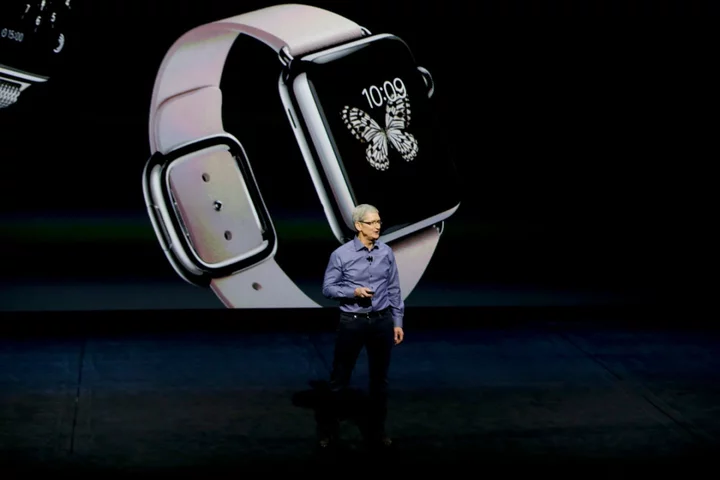
Apple Watch: The major changes coming to your wrist this year – and why some of them might surprise you
This autumn, Apple releases watchOS 10, the tenth-generation software for the Apple Watch, which went on sale in Spring 2015. In that time, there have been big developments in hardware, including the addition of an always-on display, Watches that connect direct to the mobile phone network, health advances like ECG, blood oxygen measurements, fall detection and more. And the software has been upgraded hugely, too, including new ways to interact with the Watch. Kevin Lynch, Apple’s Vice President of Technology, and Deidre Caldbeck, Director of Apple Watch Product Marketing, sat down exclusively with The Independent to talk about how things have changed. What’s been consistent over the years is that unlike many other devices, the all-day proximity means the Watch offers benefits without you interacting with it at all. Simply wearing it allows the Watch to monitor your heart rate and let you know if something’s amiss. In fact, the heart rate monitor was built into the first Apple Watch – at a time when few other wearables had such a sensor – for a more mundane task. Lynch explains, “We decided to focus on the heart in the early days, to get accurate calorimetry.” In other words, while most smart watches counted the calories you were burning through knowing your height and likely stride length, the Apple Watch was more precise because it took your exertions into account. “We built the sensor and showed you a way to view your heart rate. We didn’t really think that in itself was going to be compelling because you can measure your heart rate yourself just by putting your finger on your wrist and counting. But we found some people were looking at the heart rate and, when it looked weird, they talked to their doctor and found they discovered something about their health that they weren’t aware of. They started writing us letters about this – and we are still getting them today.” This led to Apple searching for ways to make the heart rate measurements more powerful. The Watch can now let you know if it spots your heart rate unexpected high or low, and led to sleep tracking and more recently monitoring overnight respiratory rate. This autumn will also see a focus on mental health as well as physical. The Watch already has meditation capabilities in the Mindfulness app but this will expand with a place to log emotions and daily moods. The Medications app will be able to send reminders if taking your medication hasn’t been logged on schedule. But Apple Watch has always reached beyond its health capabilities, major though those are. Lynch goes on, “Our question was also, how do we enable your Watch to be a key to the world?” This led to Apple Pay, so a double-tap on the side button lets you pay at a card reader, show a boarding pass, unlock a car or a hotel room and so on. Beyond that, Lynch says, “We look at how do we continue improving the experience, having the willingness to rethink and re-imagine, based on what our users are telling us.” That’s timely because this autumn there will be big changes in how the Watch will be used, even down to what individual buttons do. The new software sees the arrival of widgets on the Watch. Widgets are those highly useful items on a computer desktop or phone home screen that show updateable information. So, where the Fitness app on the iPhone shows a generic image, the Fitness widget tells you exactly how active you’ve been today, for instance. Or the widget for an app like the flight tracking app, Flighty, reminds you how many days until your next flight, or if it’s behind schedule. This is highly useful as previously most extra information on the Watch has been shown through complications, those little areas of some Watch faces that can show the date, today’s temperature, battery charge and so on. Those remain, but with watchOS 10, by turning the Digital Crown, a new stack of widgets scroll up on to the display. This means you can have a spare, simple Watch face but easy access to lots of stuff. Lynch explains, “We can show information with the Smart Stack. You can have a beautiful face like the Palette or Snoopy or whichever graphical face you’d like and have that extra information easily. Internally we called that ‘cake’, as in ‘have your cake and eat it too’.” The Snoopy and Woodstock Watch face, looks like it will be another highlight of watchOS 10, by the way. But this change means that the functions of the buttons have changed. Control Centre is the place where you turn your Watch to silent when you go to the theatre (you do remember to do this, don’t you?) or ping your iPhone when you can’t find it, for instance. It’s very useful and right now you invoke it by swiping up on the display, though this only works from the Watch’s home screen. With watchOS 10, you can’t do this any more, instead pressing the side button. The big benefit is it now works from any screen on the Watch, not just the home screen. But it’s a big change, which could be confusing for users. How carefully does Apple think about making these modifications? Caldbeck says, “It’s a big change but it’s worthwhile making and that is what comes into play when we make a decision like that. We think, how can we continue to evolve and improve the experience? And how can we take the things that you love about Apple Watch and make them better? “And sometimes it does mean we have to change something about the way you interact with the Watch to make it better. The side button is a really good example. We have tried different things with the side button, over the years. We originally had the friends circle so you could contact people close to you. And we know that Apple Pay is really compelling. But when you ask what are some of the other things that users need access to anytime, anywhere, that really that ends up being Control Centre.” Before you panic, this doesn’t mean that Apple Pay is about to change. As Lynch explains, “That is hardware-instrumented so it’s not only down to software. The double-press is wired at a low level physically and electronically so that you can’t fake it out. It means that no software can pretend that you’re trying to buy something, you have to have the double press to activate it at a low level. So, if we did want to change that, it would be quite extensive.” Apple is clearly careful when it comes to these changes. So, how do they come about? Lynch’s reply confirms the thoughtfulness. “Part of how we do this is we start with storytelling, until we get to a place where we think, wow, that would be really cool if the future was like that. Then we try it out. So, we’ll build prototypes, and carry them around ourselves. And it’s this stage, which we call ‘the carry’, where we live with the changes ourselves over time. Some of these things might initially feel strange but after a day or two you start feeling like, oh well, this is obvious now, it’s totally natural, and then people don’t want to go back. That’s when we know that we’ve got a good thing here.” Hardware and software are so thoroughly integrated, so I finally ask how many decisions come back to the battery. Lynch explains, “The way we look at power management comes at the beginning of each release and it’s a multi-year road map. We use the battery model as a fundamental element in talking about the features, we’re going to do. Everything we do has a power budget and we look to save power with other ideas to optimise power, so, we have some focused work each year to improve battery life from a software perspective, And then we invest some of those savings into new features that we are now able to do. “That’s combined with the hardware team working on battery, packaging, chemistry and all the electronics. The system on a chip from the silicon team continues to have improvements on power requirements. Part of how we did the always-on display was through the hardware, silicon and display teams working together and really was key to enabling it. “We have battery models that model average user activities. We call it ‘a day in the life’ and it represents the way many users use Apple Watch. We model the battery consumption we have quite ambitious targets each year. The battery life work is super obsessive.” The Apple Watch routinely lasts longer than a full day, of course. But battery anxiety is the malady of the twenty-first century, so it’s good to know Apple is serious about this. There’s plenty more to the new Watch software, from more advanced cycling workouts to automatically generated waypoints for hikers to NameDrop, where you tap your Watch on someone’s iPhone or Watch to transfer your contact details. The software will go on general release in the autumn, with a public beta version available next month. Read More Apple Watch 7 pre-order: How to buy the new smartwatch in the UK Apple introduces new version of Watch with complete redesign iPhone 13 - live: UK contract deals and prices for Apple, EE and O2 Apple seeks trademark of ‘actual apple’, Swiss fruit association says The new iPhone could have a major clue about Apple’s headset Man locked out of smart home for a week after he was accused of being racist
2023-06-22 03:55
